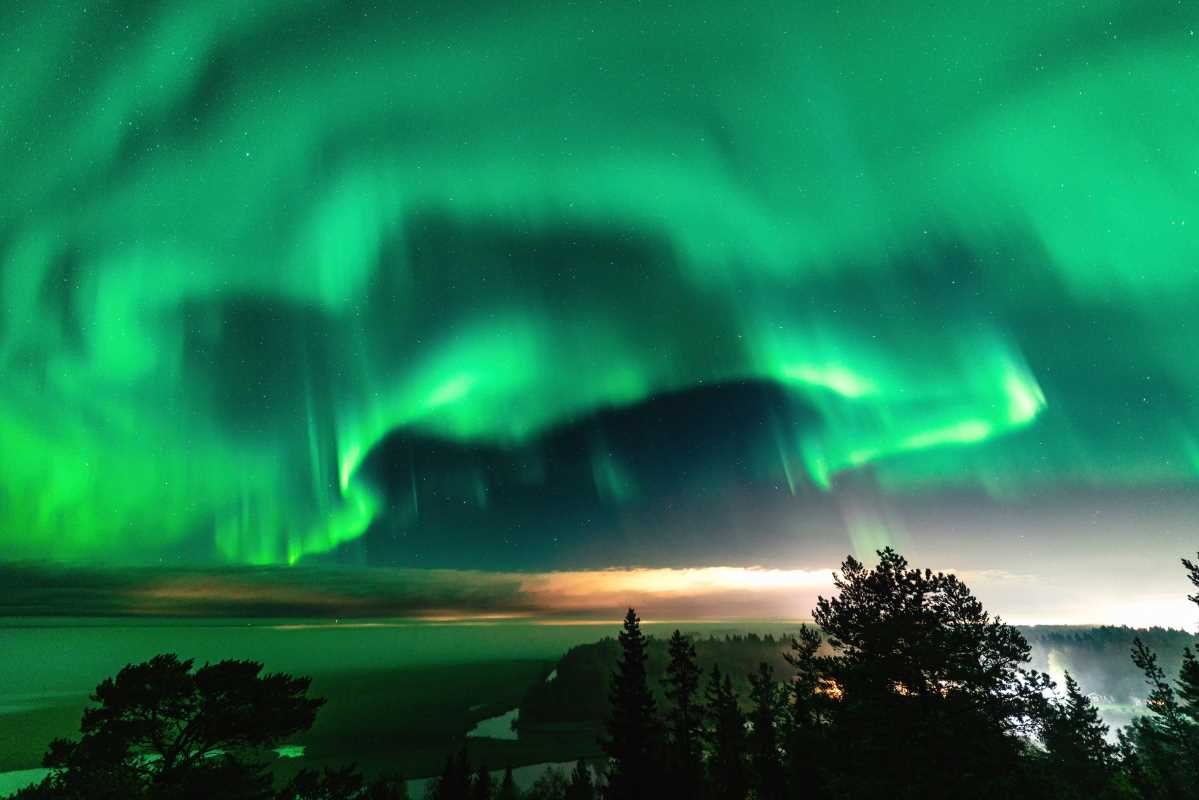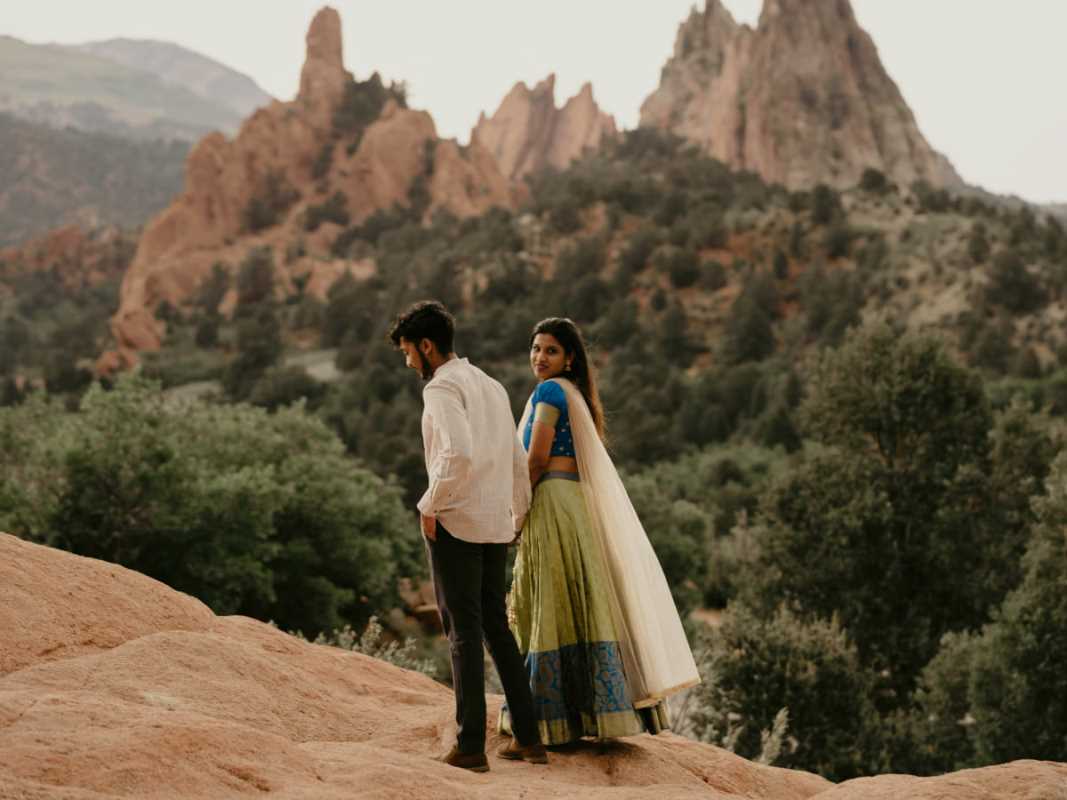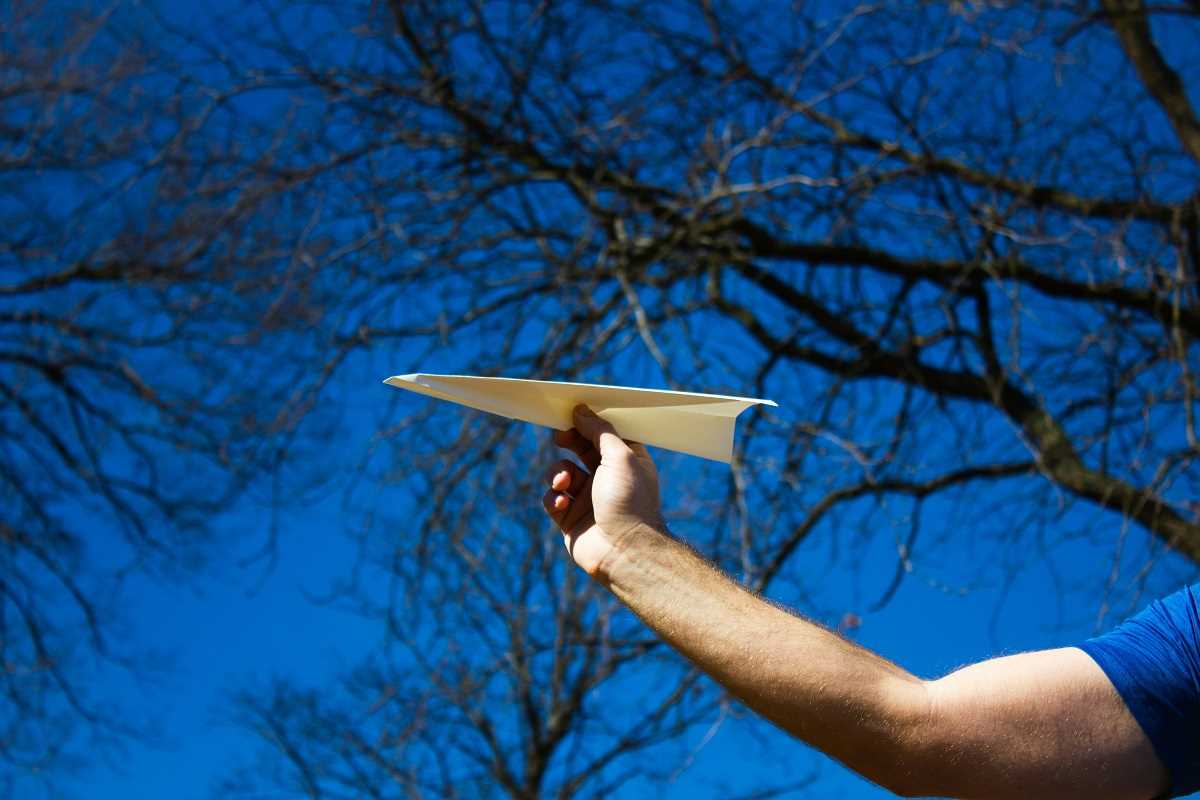The Japanese practice of shinrin-yoku, or forest bathing, has transcended cultural boundaries to become a globally recognized wellness ritual. Unlike hiking with its focus on destination, forest bathing invites participants to immerse themselves fully in woodland environments, engaging all senses in a mindful communion with nature. The physiological benefits are well-documented: reduced cortisol levels, lowered blood pressure, improved immune function, and enhanced mood states emerge consistently in research findings. These quantifiable health improvements occur alongside less measurable but equally profound effects, a renewed sense of perspective, diminished rumination, and a quieting of the constant mental chatter that characterizes modern existence. In our hyperconnected, screen-dominated world, the forest offers a rare counterbalance, a space where constant stimulation gives way to the subtle rhythms of natural processes.
What distinguishes exceptional forest bathing destinations from ordinary woodland areas is a combination of factors that collectively enhance the immersive experience. The presence of phytoncides, aromatic compounds released by trees, varies significantly between forest types, with coniferous environments typically producing higher concentrations of these beneficial substances. Biodiversity plays a crucial role as well; forests with diverse ecosystems create richer sensory experiences through varied birdsong, seasonal changes, and ecological interactions. Accessibility matters too, with the ideal locations offering enough seclusion to escape anthropogenic noise while remaining reasonably reachable for visitors. Perhaps most important is the quality of stewardship, forests managed with conservation priorities and minimal intervention tend to develop the complexity and resilience that create profound experiences for mindful visitors.
The growing recognition of forests as wellness resources has prompted many destinations to develop specialized programming that enhances the forest bathing experience. Certified guides now offer structured sessions that combine traditional shinrin-yoku principles with local ecological knowledge, creating experiences tailored to specific forest environments. These guided experiences often include sensory invitation exercises, mindfulness practices, and opportunities for creative expression or group sharing. For newcomers to forest bathing, such guidance can prove invaluable, offering gentle structure that facilitates deeper connection without imposing artificial constraints. Even experienced practitioners may benefit from local expertise that highlights seasonal phenomena, identifies indigenous species, or reveals subtle ecological relationships that might otherwise go unnoticed.
While forest bathing remains fundamentally accessible, requiring no specialized equipment or exceptional physical fitness, the quality of experience varies dramatically between locations. The most transformative forest environments typically combine old-growth elements with diverse understory vegetation and minimal evidence of intensive human management. Microclimatic factors contribute significantly; forests with varied topography create distinct ecological niches, while water features add both acoustic richness and negative ion concentration that may enhance well-being. Even timing matters, with early morning offering optimal phytoncide levels in many forests and seasonal transitions providing heightened sensory experiences through changing colors, scents, and sounds. The destinations highlighted here excel in these qualitative dimensions, offering visitors exceptional opportunities for nature connection regardless of their prior experience with forest bathing practice.
The democratization of forest wellness presents both opportunities and challenges for these remarkable environments. As interest in forest bathing grows, increased visitation brings economic benefits to surrounding communities while potentially raising awareness about conservation priorities. However, this popularity also necessitates thoughtful visitor management to prevent degradation of the very qualities that make these spaces healing. The most successful forest bathing destinations have implemented balanced approaches that protect ecological integrity while facilitating meaningful human engagement. Many now incorporate educational elements that cultivate deeper understanding of forest ecosystems, fostering a constituency of advocates who recognize the value of these spaces extends far beyond recreational utility to encompass their irreplaceable role in planetary and human health.
The Ancient Cedars of Yakushima
Japan's Yakushima Island presents perhaps the ultimate forest bathing destination, where ancient cedar trees have created an ecosystem of unparalleled atmospheric quality. These yakusugi, cedar trees older than 1,000 years, stand as living monuments to the island's continuous forest cover dating back to the last ice age. The island's designation as Japan's first UNESCO World Heritage site speaks to its exceptional ecological significance, but statistics alone cannot capture the profound sensory experience awaiting visitors. The combination of oceanic humidity and mountainous terrain creates near-constant mist conditions, bathing the moss-covered landscape in a dreamlike luminescence that has inspired filmmakers, poets, and spiritual seekers for generations.
What distinguishes Yakushima's forest bathing experience is the profound sense of temporal perspective it engenders. Walking among trees that germinated before the construction of Europe's great cathedrals offers a recalibration of human timescales. The most famous resident, Jomon Sugi, is estimated to be between 2,000 and 7,200 years old, its exact age impossible to determine non-destructively. Experiencing these ancient beings requires commitment, the Wilson Stump and other notable trees involve significant hiking, but more accessible areas like Shiratani Unsuikyo Ravine offer similar atmospheric qualities with more moderate physical demands. The dense moss coverage throughout much of the forest creates exceptional acoustic properties, absorbing ambient sound and creating spaces of remarkable stillness where even whispers seem intrusive.
The island's unique geography creates distinct forest zones at different elevations, allowing visitors to experience remarkable biodiversity within relatively short distances. From coastal woodland to subalpine vegetation, each zone offers different aromatic profiles, wildlife encounters, and photosynthetic rhythms. This ecological diversity translates to varied forest bathing experiences throughout the year, with spring bringing dramatic rhododendron blooms to higher elevations while autumn transforms deciduous pockets with seasonal colors. The island's significant rainfall, among the highest in Japan, continuously revitalizes the forest, creating abundant streams, waterfalls, and ephemeral pools that add negative ions and acoustic richness to the environment.
For visitors seeking structured experiences, local guides offer specialized shinrin-yoku sessions that combine traditional Japanese approaches with knowledge of Yakushima's unique ecology. These guided experiences often incorporate elements of Shinto and Buddhist traditions, reflecting the island's historical significance as a spiritual destination. Many sessions conclude with tea ceremonies using local plants, creating a holistic experience that engages all senses while providing cultural context. For self-guided experiences, the island offers well-maintained trails with minimal signage, allowing for immersive wandering while maintaining basic safety and ecological protection.
Reaching Yakushima requires determination, access is via ferry from Kagoshima or limited flights to the small island airport, but this relative isolation has helped preserve the extraordinary quality of its forests. Accommodations on the island range from simple minshuku (family-run guesthouses) to more luxurious options, many incorporating local cedar in their construction and offering forest views. The island's commitment to sustainability includes limitations on visitor numbers to high-sensitivity areas, ensuring these ancient forests remain intact for future generations. For those able to make the journey, Yakushima offers perhaps the most profound forest bathing experience available anywhere, a glimpse into primeval conditions increasingly rare in our rapidly changing world.
Redwood National and State Parks
- Walking among coast redwoods creates an immediate sense of scale readjustment, as these trees, the tallest living things on Earth, reach heights exceeding 350 feet with trunk diameters wider than many urban apartments
- The parks' varied ecosystems include old-growth forests, second-growth areas in different stages of recovery, coastal prairie, and riparian zones, providing diverse forest bathing experiences within a single protected region
- Distinctive acoustic properties result from the redwood canopy structure, creating remarkable sound absorption that produces pockets of profound silence rare in contemporary environments
- Morning fog is filtered through the canopy creating ethereal light conditions, particularly in Fern Canyon and Prairie Creek areas, where mist-diffused sunshine combines with vertical scale to create cathedral-like atmospheric effects
- The parks' management includes designated quiet zones and secluded trails specifically designed for contemplative experiences, with options ranging from accessible boardwalks through ancient groves to more remote backcountry areas for experienced forest bathers seeking deeper solitude







